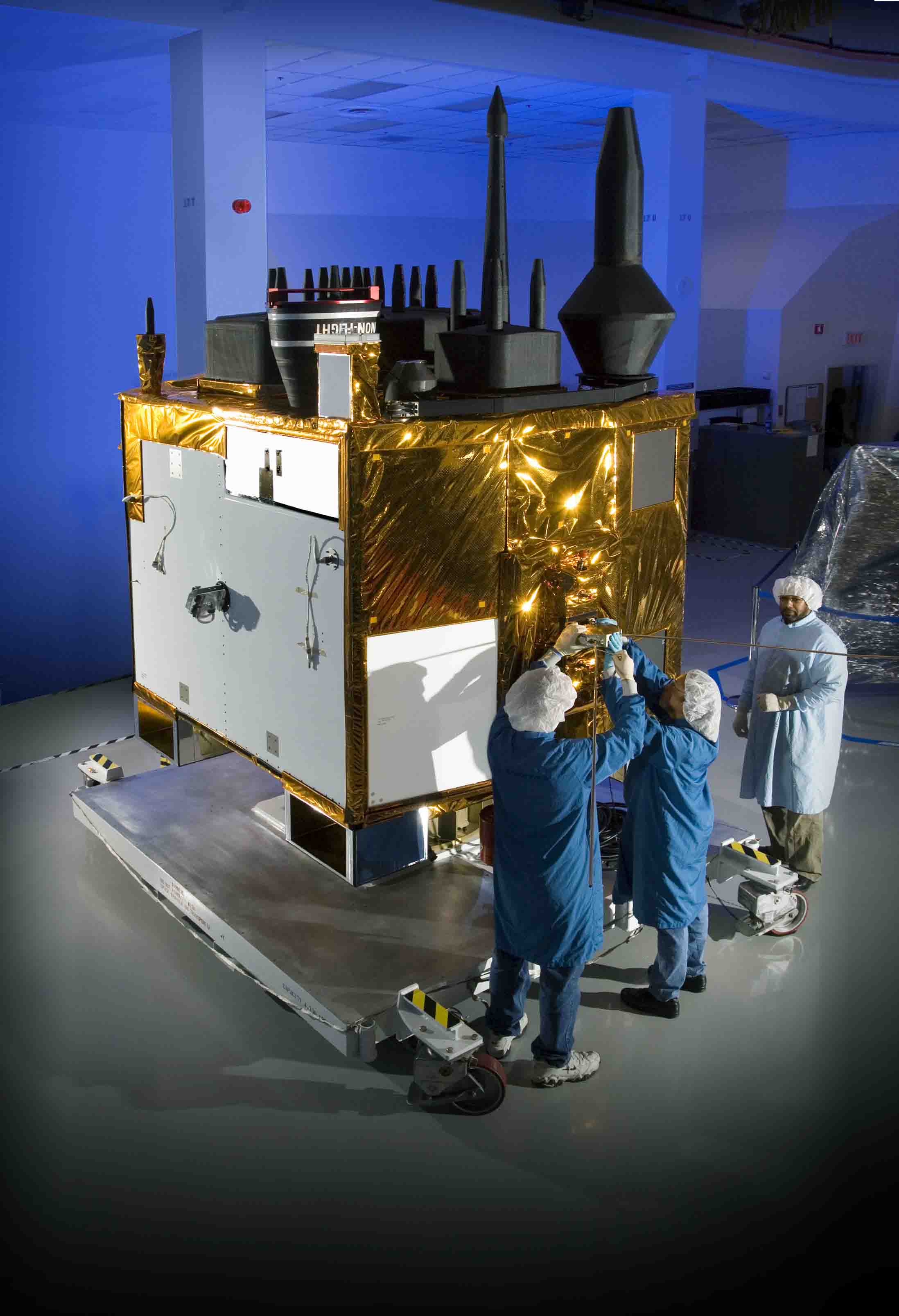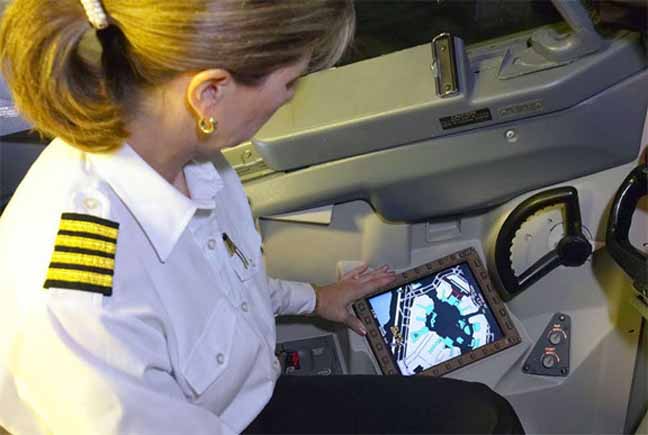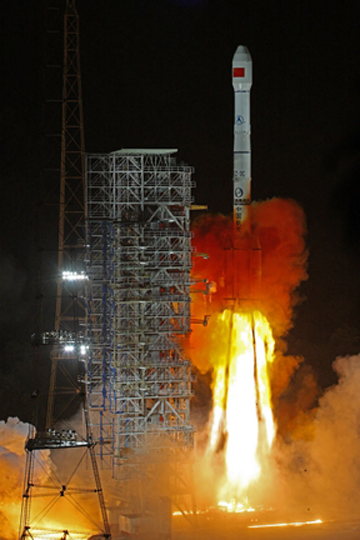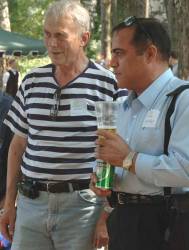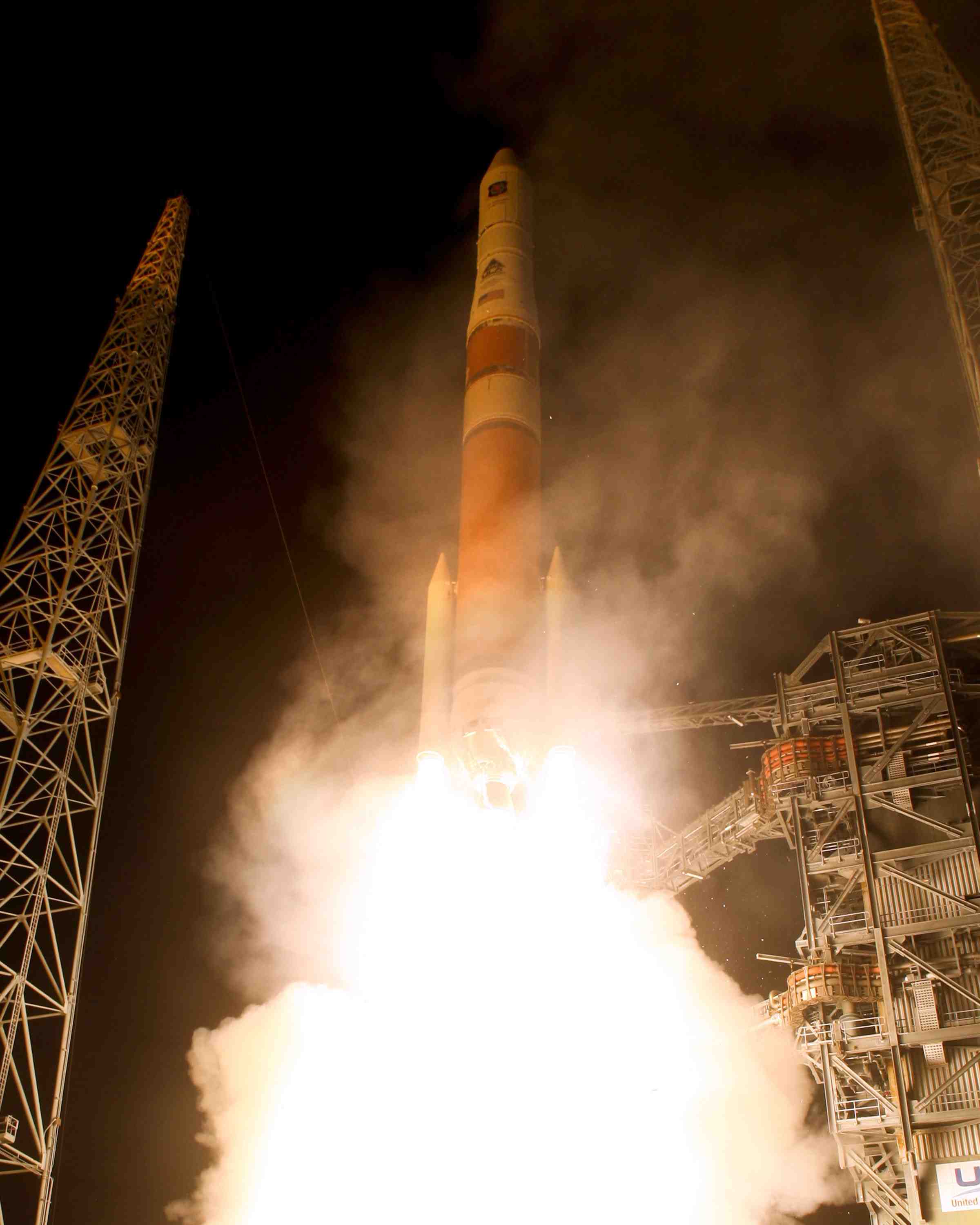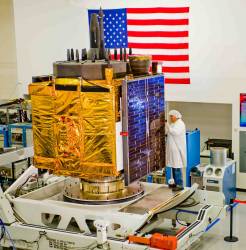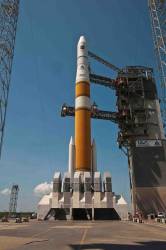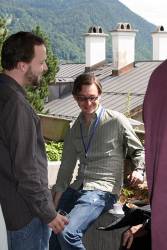DLR, Stanford Track First GPS IIF Signals; Tests Begin on L5
 GPS IIF SV1 Spectral Flux Density on L1. DLR figure
GPS IIF SV1 Spectral Flux Density on L1. DLR figure
[Updated June 10] The U.S. Air Force announced today (June 10) that it has begun
testing the new operational L5 signal transmitted by the first GPS IIF satellite (space vehicle 1 or SV1 — designated SVN-62 in the overall GPS system), which was launched May 27.
On June 7, 2010, a team of experts from the German Aerospace Center (DLR) and Stanford University in California reported results of their tracking of the first navigation signals from the satellite, the pseudorandom noise code 25 (PRN25) on L1 and L2 — C/A and P(Y).
By Inside GNSS
